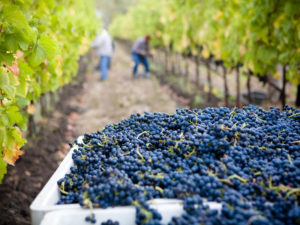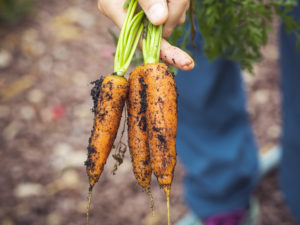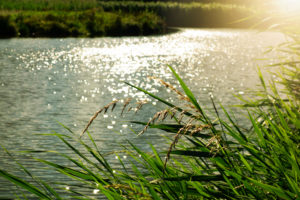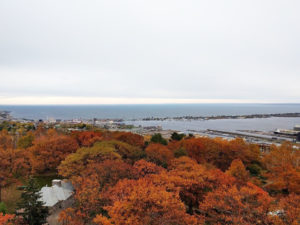Learn About Bioregional Crops
Bioregions are geographic areas that are determined by their natural boundaries instead of governmental boundaries set by societies, meaning that a single bioregion has the same natural characteristics, such as climatic, hydrologic and ecological features. The idea of bioregionalism and bioregional thinking arose in the 1960s in the United States, and refers to the concept of human societies learning to live sustainably and in harmony with the specific bioregions they inhabit.
The U.S. EPA, in collaboration with other agencies and even other North American countries, has developed a system of mapping ecoregions, which are each defined by similar biotic, abiotic, terrestrial and aquatic ecosystem components. The concept of ecoregions is essentially the same as bioregions, as the purpose of mapping these ecoregions is to enable federal agencies, state agencies and non-governmental organizations to manage ecosystems and their resources according to the ecoregion boundaries, rather than arbitrary societal boundaries, like state lines.
A bioregional approach to food systems involves a shift from the current linear, commodity-driven system to a holistic and ecologically-focused system. This means that, in a bioregional approach, each location (city, town, etc.) needs to be understood at an ecological level and it’s food system designed with the carrying capacity of the land, locally available foods, and specific regenerative practices for that area in mind. Essentially, food systems should be developed so that they are sustainable and regenerative within each bioregion, and not extractive from other bioregions, since all bioregions are connected in a wider web of natural systems.
You can learn more about the importance of bioregionalism as a concept by reading about bioregionalism here. You can also learn about how to choose bioregional crops by using The Nature Conservancy’s guide on combining the USDA plant hardiness maps and EPA’s ecoregion maps to determine which plants are best suited for your area. Considering your specific ecoregion, enables you to make planting decisions that contribute to the overall health of the ecoregion. You can also visit the University of Minnesota Extension’s website for resources and ideas to grow crops sustainably and extend the growing season in Duluth, so that you can have home-grown vegetables all year!
Did you take this action? Report it!
Help us show our collective community impact by reporting that you took this action.



